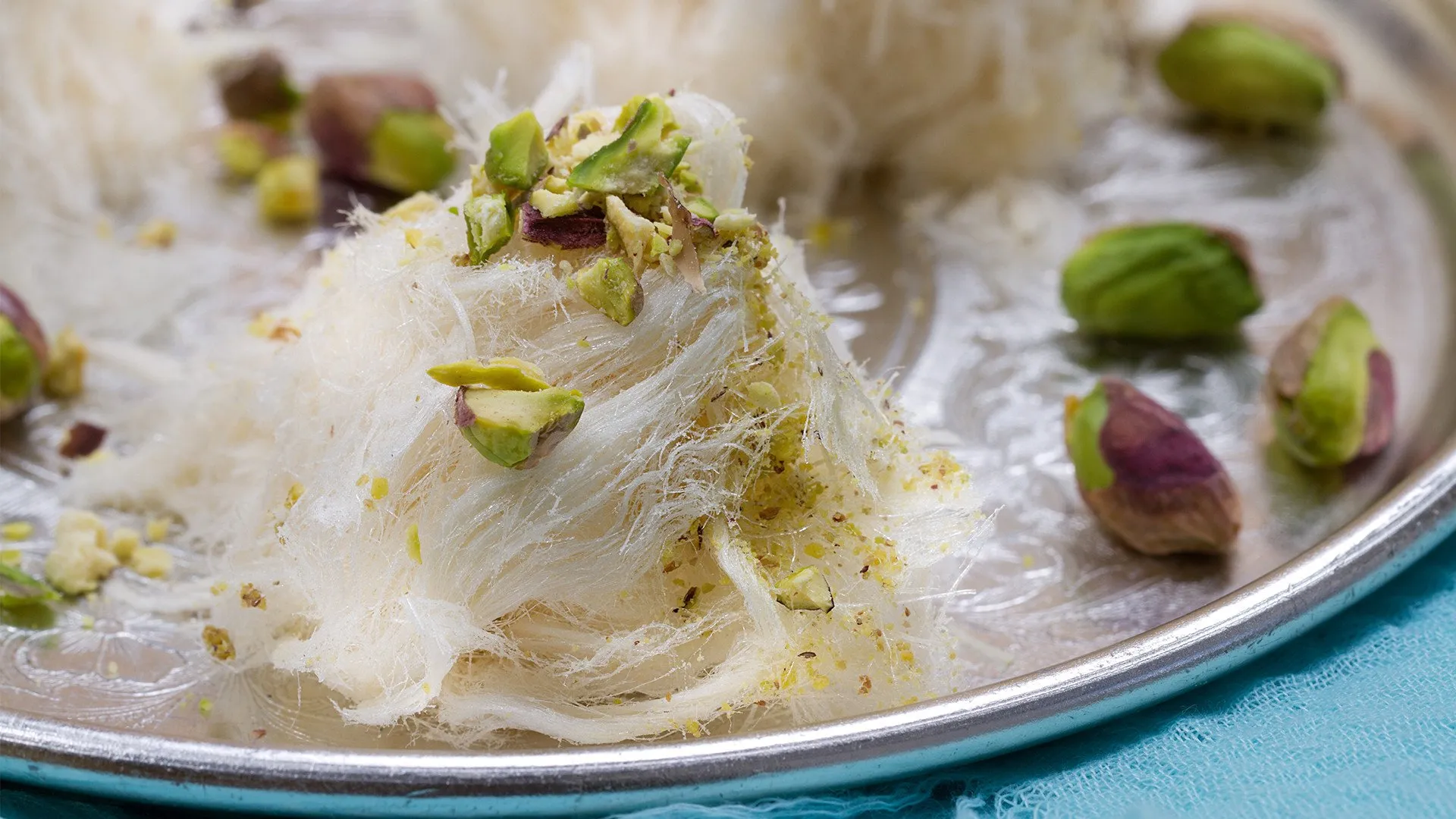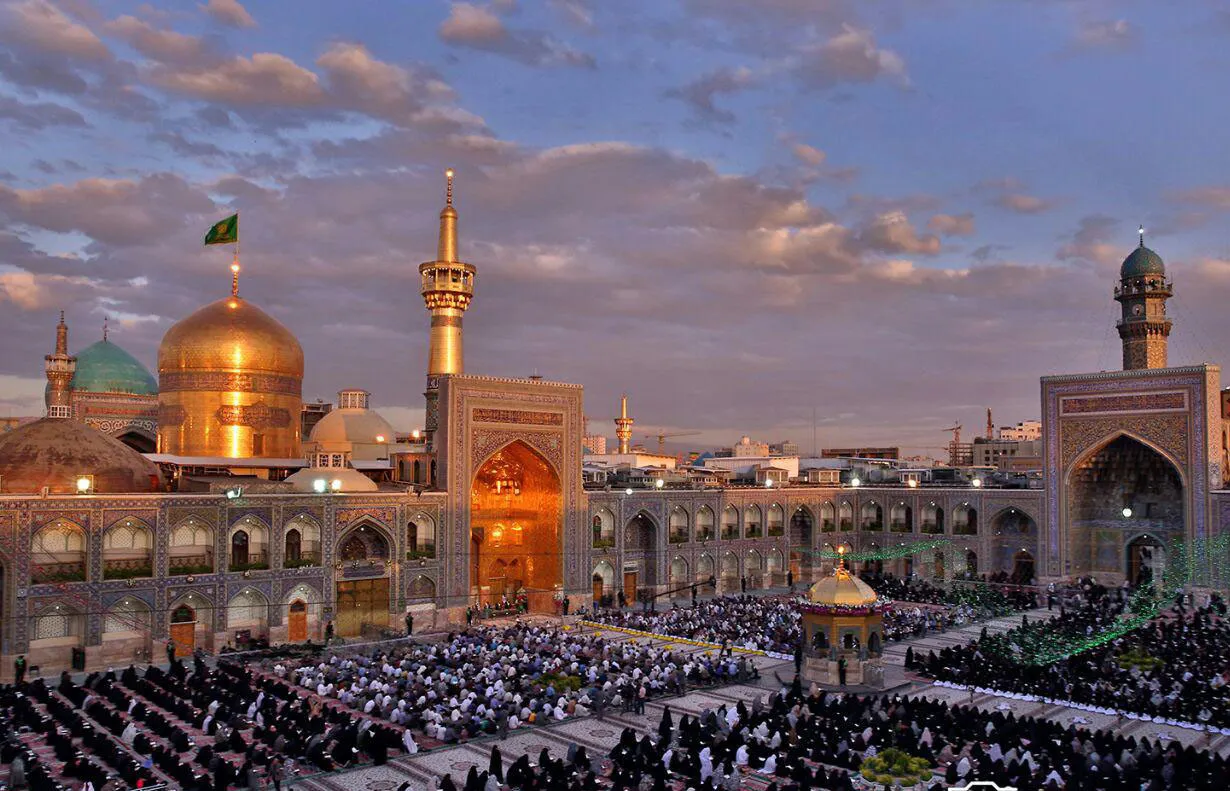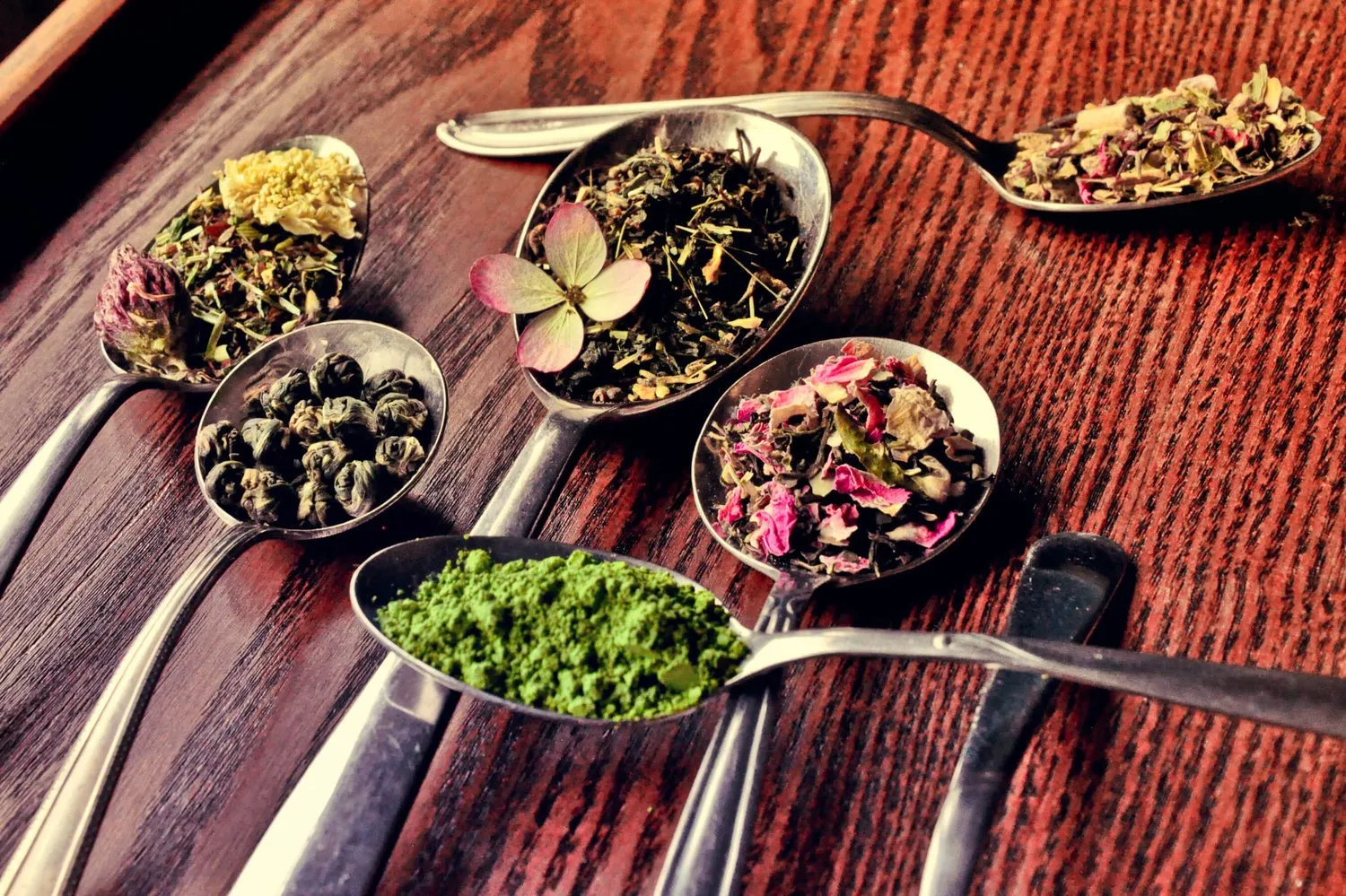Saffron, the “red gold” of the spice world, holds a special place in Iran’s culinary and cultural heritage. Renowned for its exquisite aroma, distinct flavor, and vibrant hue, Iranian saffron is prized by chefs, herbalists, and connoisseurs around the globe. Harvested from the delicate stigma of the Crocus sativus flower, saffron cultivation requires meticulous care and attention, making it one of the world’s most precious and labor-intensive spices.
Iranian saffron is celebrated for its exceptional quality and its rich history dating back thousands of years. From ancient Persia to modern-day Iran, saffron has been revered for its medicinal properties, culinary versatility, and symbolic significance in cultural rituals and ceremonies. Its reputation as a luxury ingredient transcends borders, with Iranian saffron gracing the tables of royalty, the kitchens of Michelin-starred chefs, and the shelves of gourmet stores worldwide.
At Visit Our Iran, we take pride in being one of the most reputable saffron sellers in Iran. We offer customers the opportunity to experience the finest quality saffron firsthand. Whether you’re a seasoned chef looking to elevate your dishes or an avid herbalist seeking the therapeutic benefits of saffron, we invite you to come and buy from us. But before you do, delve deeper into the world of Iranian saffron with us.
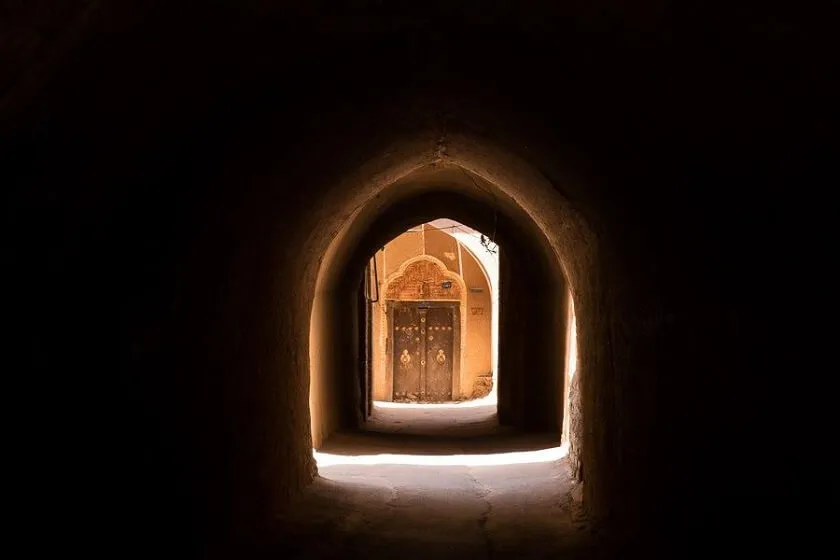
Saffron Plant: Nature’s Treasure
The saffron, scientifically known as Crocus sativus, is a small perennial herbaceous plant that belongs to the iris family, Iridaceae. This delicate plant is native to Southwest Asia, particularly Iran, where it has been cultivated for thousands of years. Saffron cultivation also occurs in other countries with suitable climates, such as Spain, Greece, and India.
The saffron plant typically grows to a height of 20 to 30 centimeters (8 to 12 inches) and produces slender, grass-like leaves that emerge from the corm (a bulb-like underground stem). Each corm can produce several flowers during the flowering season, which generally occurs in autumn. The flowers of the saffron plant are characterized by their vivid lilac-purple petals with vibrant orange-red stigmas and styles protruding from the center.
It is these crimson stigmas, commonly referred to as saffron threads or strands, that are the most prized part of the plant. Harvesting saffron is a labor-intensive process that requires careful handpicking of the delicate stigmas. Each flower yields only a few threads, and it takes a considerable number of flowers to produce a significant amount of saffron. As a result, saffron is one of the most expensive spices in the world by weight.
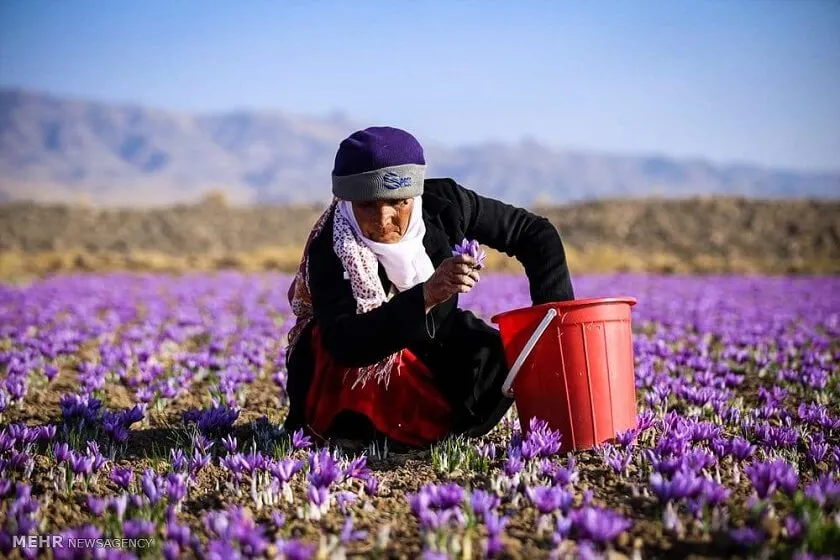
Iran’s Saffron Regions
In Iran, saffron cultivation is predominantly concentrated in the Khorasan Province, which stands as the heartland of saffron production in the country. Located in northeastern Iran, Khorasan boasts optimal climatic conditions and fertile soil, providing an ideal environment for the cultivation of saffron. Mashhad is mainly renowned for its high-quality saffron production and serves as a hub for saffron trade and distribution.
However, in recent years, other regions of Iran have also ventured into saffron cultivation, contributing to the country’s overall saffron output. Provinces such as Fars, Kerman, Lorestan, and East Azerbaijan have begun cultivating saffron, taking advantage of their climates and agricultural landscapes.
In Fars Province, located in southern Iran, the ancient city of Shiraz has emerged as a notable saffron-producing region. Fars’ mild winters and dry summers create favorable conditions for saffron cultivation, allowing farmers to produce high-quality saffron threads.
Similarly, in Kerman Province, situated in southeastern Iran, saffron cultivation has gained momentum in recent years. Cities like Jiroft and Kahnuj have witnessed an expansion of saffron cultivation, with farmers embracing modern farming techniques to enhance saffron production.
Lorestan Province, located in western Iran, is another region that has embraced saffron cultivation. The cool climate and fertile soil of Lorestan provide suitable conditions for saffron cultivation, leading to increased saffron production in the region.
Additionally, saffron cultivation has become increasingly prevalent in East Azerbaijan Province, located in northwestern Iran. Cities like Tabriz and Marand have seen a rise in saffron cultivation, with farmers tapping into the province’s agricultural potential to produce high-quality saffron.
Overall, while Khorasan Province remains the mainstay of saffron production in Iran, other regions of the country are also making significant contributions to Iran’s saffron industry. With their unique climatic conditions and agricultural expertise, these regions are helping to diversify Iran’s saffron output and solidify its position as a leading producer of this prized spice on the global stage.
The Perfect Conditions for Saffron Cultivation
Saffron cultivation requires precise timing, specific soil conditions, and favorable weather to thrive. Planting typically occurs in late spring or early summer when the soil has warmed sufficiently for corms to establish roots. The corms are planted at a depth of 10 to 15 centimeters (4 to 6 inches) in well-drained soil with a sandy or loamy texture. Adequate soil moisture is crucial during the initial stages of growth to facilitate corm sprouting and root development. Once planted, the corms undergo a dormancy period during the hot, dry summer months, allowing them to conserve energy for the upcoming flowering season.
As autumn approaches, saffron plants emerge from dormancy, signaling the start of the flowering season. The timing of flowering is critical, as saffron flowers bloom for only a short period, typically lasting two to three weeks. The flowers must be harvested promptly to preserve the delicate saffron threads. Weather conditions during the flowering season play a significant role in saffron production, with sunny days and cool nights optimal for flower development. Excessive rainfall or high humidity can adversely affect flower quality and increase the risk of fungal diseases. Therefore, regions with a Mediterranean climate, characterized by hot, dry summers and mild, wet winters, provide the ideal conditions for successful saffron cultivation.
Saffron: The Golden Ingredient in Industries
Saffron is used across various industries. Beyond its culinary significance, saffron is a versatile ingredient in textiles, cosmetics, perfumery, and medicine. One of its most notable uses is as a natural dye agent for fabrics and clothes, imparting a rich golden-yellow hue that has been coveted for centuries. The vibrant color and luxurious appeal of saffron-dyed textiles have made them prized possessions in many cultures worldwide.
In cosmetics and perfumery, saffron is valued for its aromatic properties and ability to impart a subtle fragrance to beauty products and perfumes. Its delicate and exotic scent adds depth and complexity to fragrances. At the same time, its natural coloring properties make it a sought-after ingredient in cosmetics such as lipsticks, eyeshadows, and skincare products.
Beyond its aesthetic uses, saffron also holds significant medicinal value, with a history of use in traditional medicine dating back thousands of years. Saffron contains several bioactive compounds, including crocin, crocetin, and safranal, which are believed to possess antioxidant, anti-inflammatory, and mood-enhancing properties. As a result, saffron is used in various medical applications, including the treatment of depression, anxiety, and menstrual disorders.
In the culinary world, saffron is prized for its distinctive flavor and aroma, adding depth and complexity to various dishes and beverages. From savory rice dishes like paella and risotto to sweet desserts like saffron-infused ice cream and pastries, saffron’s unique taste profile enhances the culinary experience. It elevates dishes to new heights of gastronomic delight. Whether used sparingly as a flavor enhancer or as the star ingredient in a recipe, saffron remains a cherished spice in kitchens around the globe, cherished for its unparalleled flavor, aroma, and vibrant color.

How to Identify High-Quality Saffron
Distinguishing high-quality saffron from lower grades requires a keen eye and an understanding of the characteristics that define premium saffron. Here are some key factors to consider when evaluating saffron quality:
Color: High-quality saffron typically exhibits a vibrant crimson-red color with slightly orange-red stigmas. The color should be uniform throughout the threads, with no signs of discoloration or browning. Lower-grade saffron may appear dull or have lighter shades of red, indicating lower potency and flavor.
Aroma: Premium saffron emits a strong, distinctive aroma of floral, honey-like, and slightly earthy notes. The aroma should be potent and linger on the senses. Lower-quality saffron may have a weaker or musty smell, indicative of age or improper storage.
Moisture Content: High-quality saffron should be dry to the touch, with no signs of moisture or clumping. Excess moisture can lead to mold growth and degradation of saffron’s flavor and aroma. Lower-grade saffron may feel moist or sticky, signaling poor quality or improper drying techniques.
Appearance: Premium saffron threads are long, slender, and uniform in size, with no broken or crushed pieces. The threads should be delicate and easily separable, without impurities like yellow styles or flower debris. Lower-quality saffron may contain shorter, thicker threads or foreign matter, detracting from its overall quality.
Taste: The taste of high-quality saffron is intense, with a complex flavor profile that includes floral, honeyed, and slightly bitter notes. When infused in hot water or milk, premium saffron releases its flavors and imparts a rich golden color. Lower-grade saffron may have a weaker taste or unpleasant bitterness, indicating inferior quality or adulteration.
By carefully assessing these characteristics, consumers can differentiate between high-quality saffron and lower grades, ensuring a superior culinary experience and maximum health benefits from this prized spice.
Saffron’s Healing Powers: From Mood to Heart Health
Saffron, beyond its culinary allure, is known for its medicinal properties for centuries. Rich in bioactive compounds such as crocin, crocetin, and safranal, saffron holds potential as a therapeutic agent for various health conditions. One of its most well-known medicinal uses is in the management of mood disorders such as depression and anxiety. Recent studies have suggested that saffron may exert antidepressant effects by modulating neurotransmitter levels in the brain, particularly serotonin, dopamine, and norepinephrine. Additionally, saffron has been shown to possess anxiolytic properties, helping to alleviate anxiety symptoms and promote a sense of calmness and well-being.
Moreover, saffron helps cardiovascular health. Research indicates that saffron may help lower blood pressure and improve cholesterol levels, reducing the risk of cardiovascular diseases such as hypertension and atherosclerosis. Its antioxidant properties are believed to play a vital role in protecting against oxidative stress and inflammation, which are implicated in the development of heart disease. By incorporating saffron into their diet or taking saffron supplements, individuals may support heart health and reduce their risk of cardiovascular complications, offering a natural and holistic approach to wellness.
How to Store Saffron for Optimal Freshness
Keeping saffron in good condition is essential to maintain its flavor and quality. The best way to store saffron is in an airtight container in a cool, dark place, away from sunlight and moisture. This helps prevent the saffron from losing its aroma and flavor. It’s also essential to keep saffron away from strong-smelling foods, as it can easily absorb odors.
Another tip is to store saffron in smaller quantities rather than in large batches to preserve its freshness. When storing saffron threads, it’s best to keep them whole until ready to use, as grinding or crushing them can accelerate the loss of flavor and aroma. By following these simple storage guidelines, you can ensure that your saffron stays fresh and flavorful for longer, enhancing the taste of your dishes and ensuring a delightful culinary experience.

Discover the World of Saffron with VOI
At Visit Our Iran, we take pride in offering the best quality saffron at fair prices, ensuring that our customers experience the true essence of Iranian saffron. Whether you’re a culinary enthusiast or a health-conscious individual, we invite you to explore our collection of premium saffron products. And if you find yourself in Iran, why not make saffron a part of your journey? As a cherished souvenir of your travels, our saffron encapsulates the essence of Iranian culture and tradition, allowing you to save the flavors of Iran long after your trip has ended.

